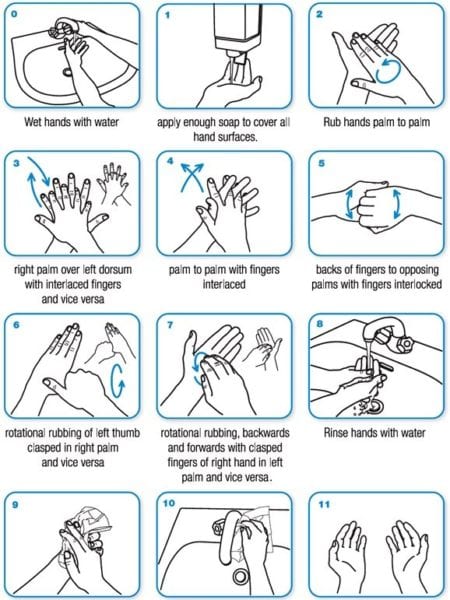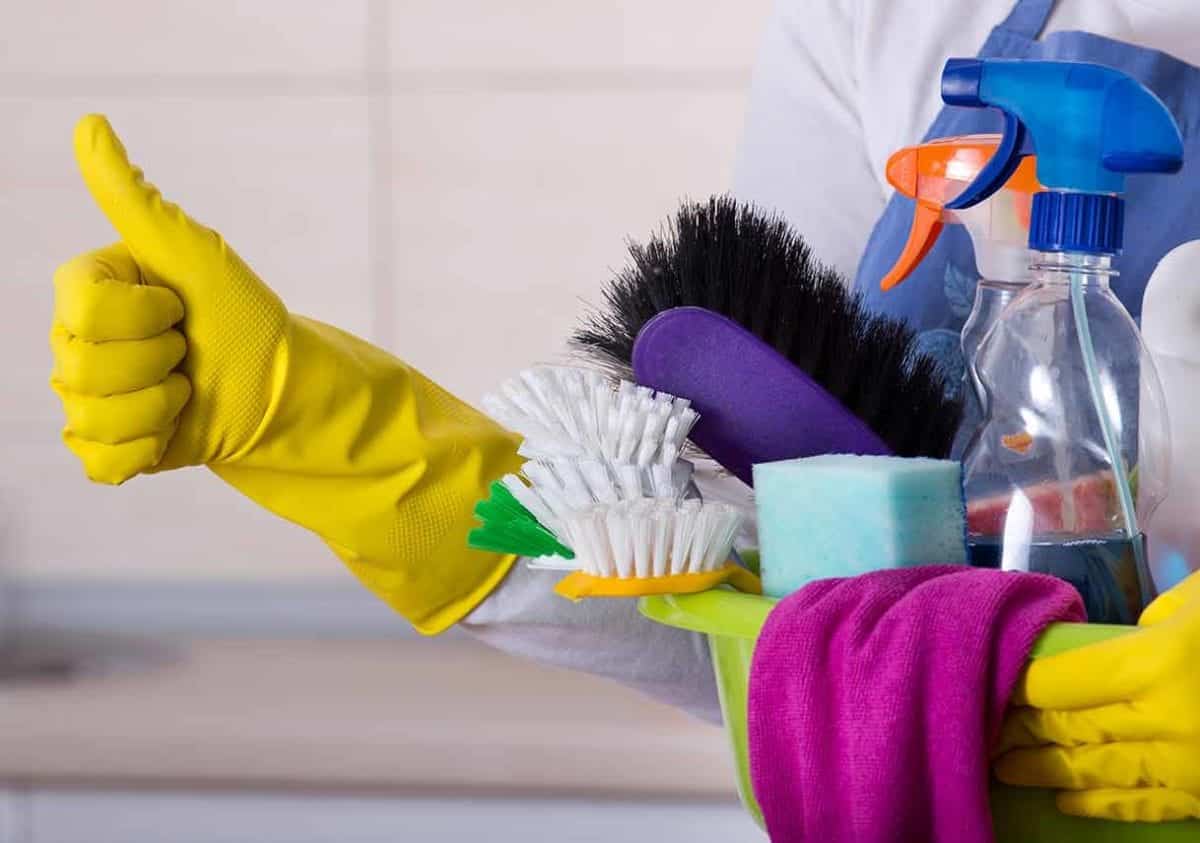A friendly reminder on the importance of good cleaning protocols
In the Australian hospitality industry, food safety has always been paramount to ensure the safety of all customers, employees and the environment. With the current health status of not only Australia but the entire world we thought we would tackle some very important cleaning practises to help contain Covid-19. These cleaning practises are governed under the Australia New Zealand Food Standards Code which is legislative instrument under the Legislation Act 2003.
There can be a lot of noise when it comes to best cleaning practises. This article serves to outline the protocol for cleaning and sanitising surfaces and utensils, as well as hand washing. These are two of many very important food safety procedures that all businesses, including the mobile food industry, should be scrutinising during this period.
Cleaning and sanitising are separate procedures and sanitising is distinct from sterilising. Understanding the differences in these terms is vitally important:
Cleaning: is the process that removes visible contamination such as food waste, dirt and grease from a surface using water and detergent. During the cleaning process, microorganisms will be removed but the cleaning process is not designed to destroy microorganisms.
Sanitising: is a process that destroys microorganisms, reducing the numbers present on a surface to a safe level. This is usually achieved by the use of both heat and water, or by specific sanitising chemicals.
Sterilising: is a process designed to destroy all microorganisms including microorganisms that have formed a protective coat. The standards do not require eating and drinking utensils and food contact surfaces to be sterilised.
The six recommended steps for effective cleaning and sanitising are:
- Pre-clean: scrape or wipe food scraps and other matter off surfaces and rinse with water.
- Wash: use hot water and detergent to remove grease and food residue. (Soak if needed).
- Rinse: rinse off detergent and any loosened residue.
- Sanitiser: use a sanitiser to destroy remaining microorganisms.
- Final rinse: wash off the sanitiser if necessary.
- Dry: allow to drip dry or use single use paper towel.
The following poster demonstrates the World Health Organisations recommendations in regards to the 11 step hand washing procedure:

We hope that these procedures can be implemented into your business with ease and clarity. More information can be found in the Legislation Act 2003 under the Australia New Zealand Food Standards Code.
